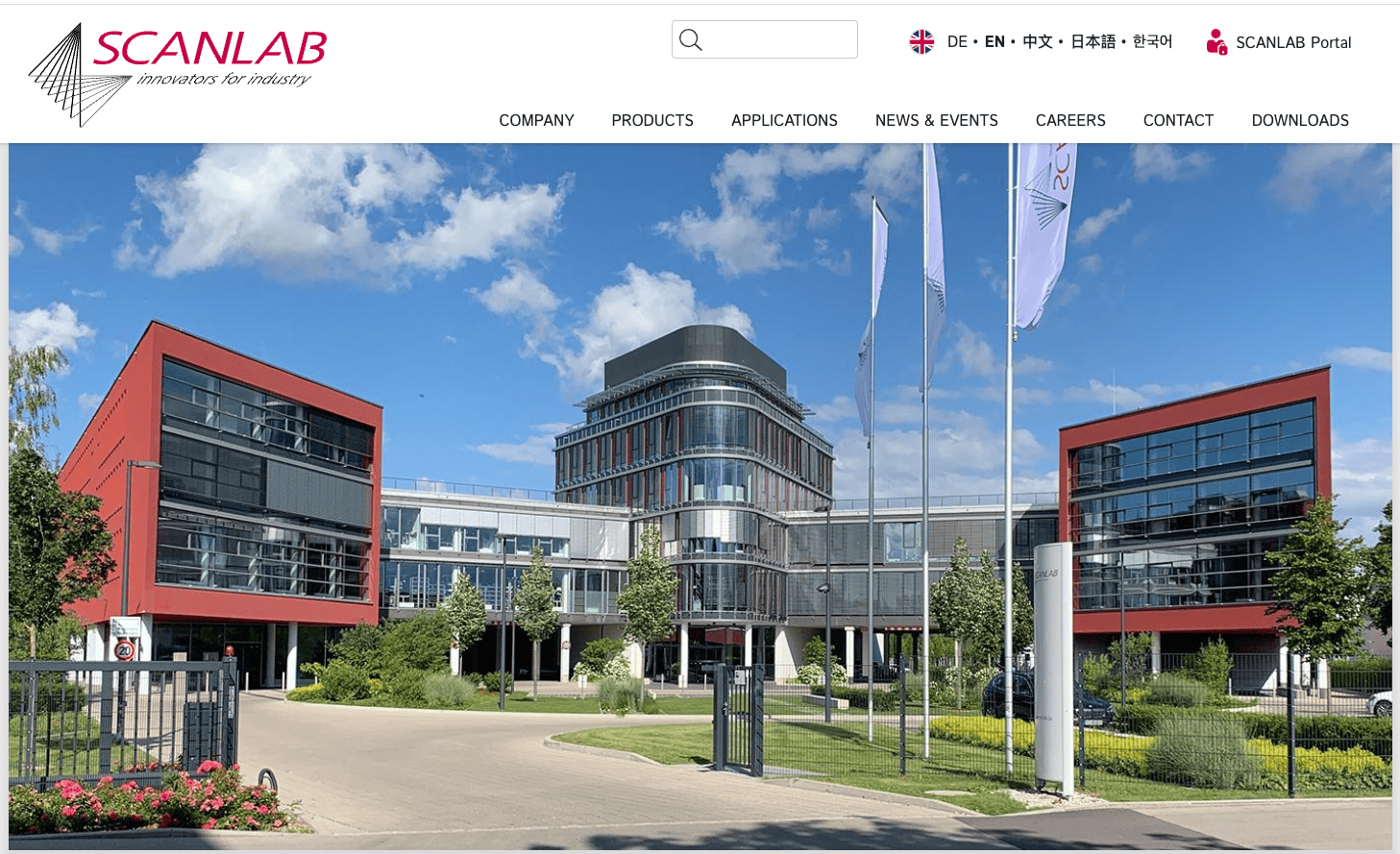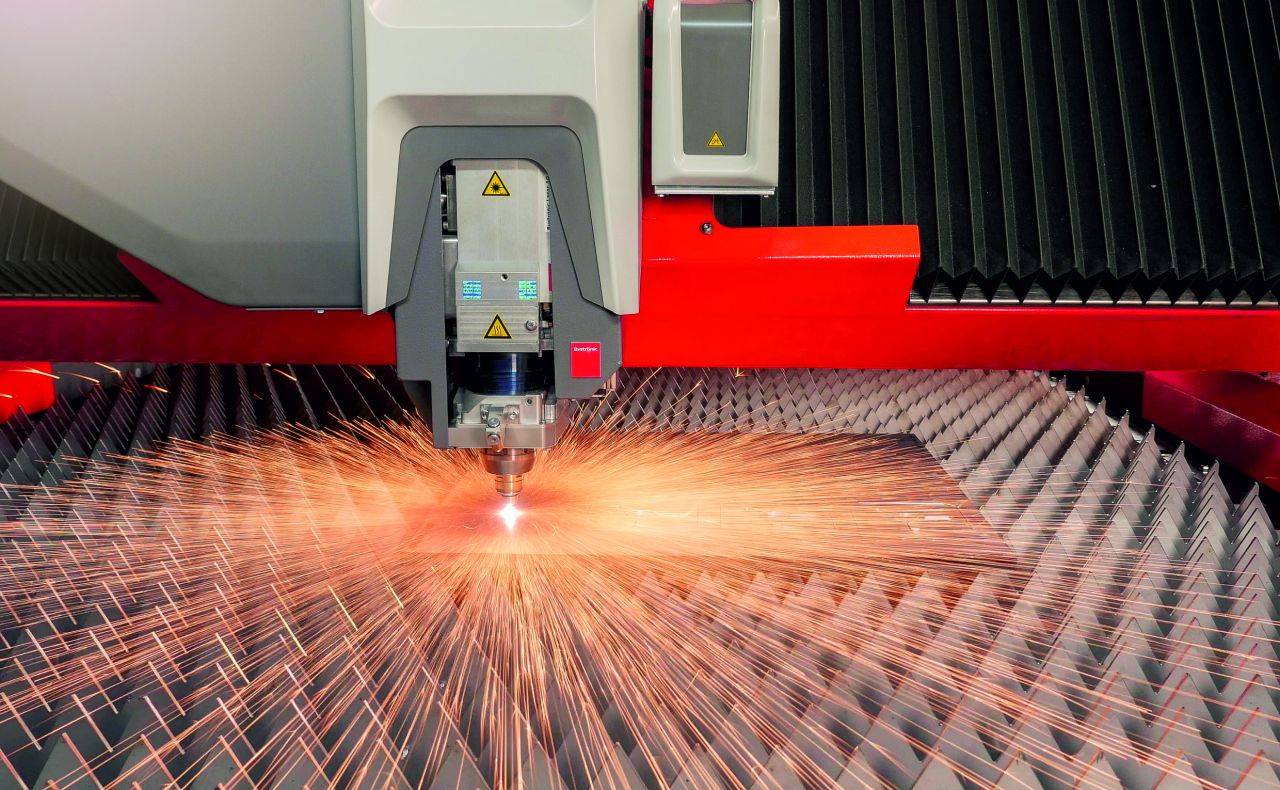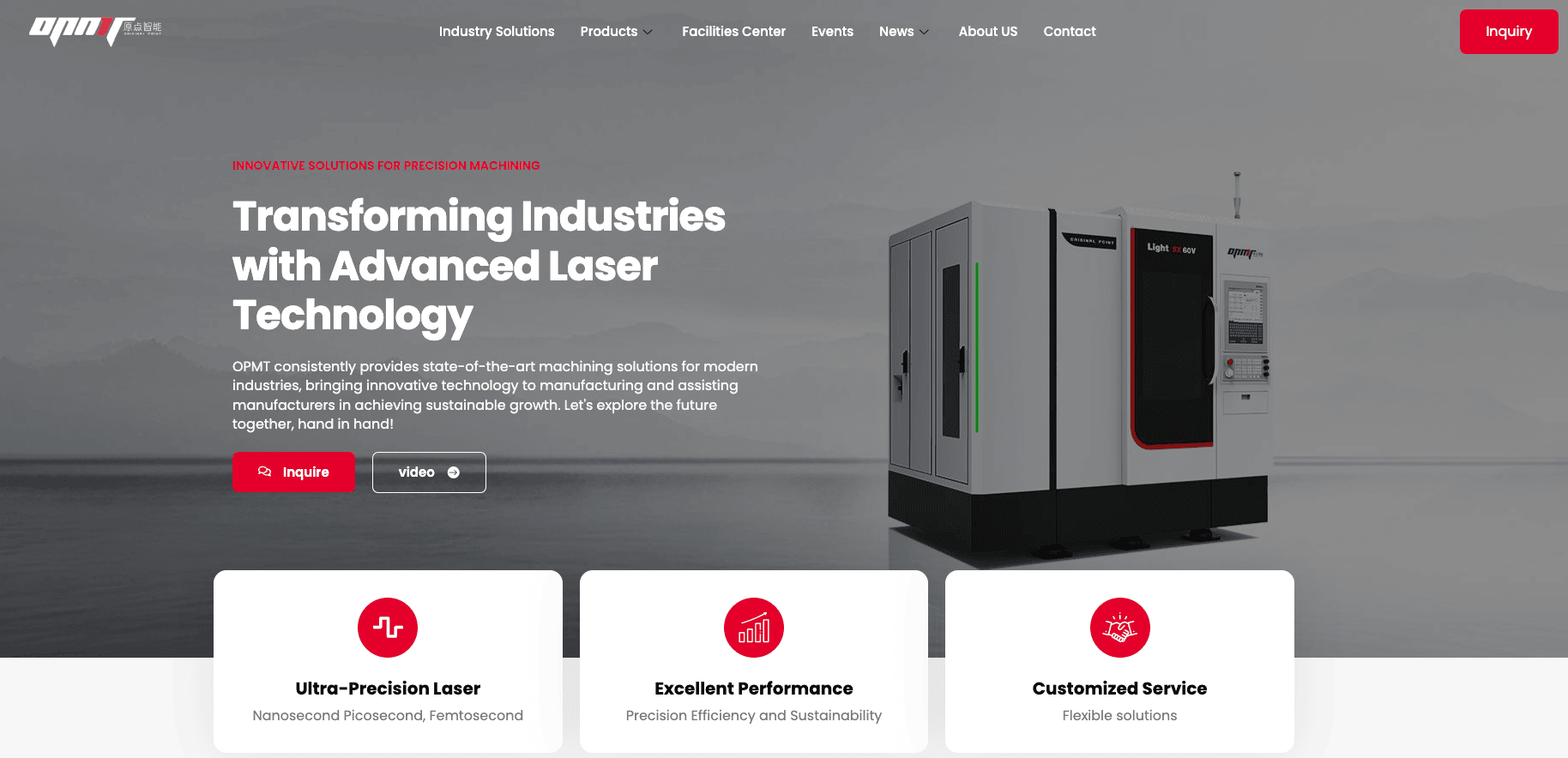Modern manufacturing faces a critical decision point as CO₂ and fiber laser systems diverge in capabilities and cost structures. With the global fiber laser cutter market projected to reach $1.82 billion in 2025 (Promarket Reports) and CO₂ lasers maintaining a $2.43 billion market share (Research Nester), engineers must weigh wavelength physics against operational economics. This analysis combines 2025 performance benchmarks from NIST-tested systems with ANSI Z136.1-2024 safety standards to provide actionable insights for capital equipment decisions.
The technological divide stems from fundamental differences: CO₂ lasers utilize 10.6µm infrared wavelengths ideal for non-metallic materials, while fiber lasers operate at 1.07µm for superior metal coupling. Recent advancements like Coherent’s EDGE FL™️ series (launched October 2024) demonstrate fiber lasers now achieve 94% wall-plug efficiency, challenging traditional CO₂ dominance in thick-section processing. However, Sienci Labs’ UltraBeam CO₂ system (April 2024 release) shows renewed viability for mixed-material shops with its 75W optical power and 600mm/s engraving speeds.
Core Technology Breakdown
Wavelength-Dependent Material Interactions
The 10.6µm CO₂ wavelength interacts differently with materials than fiber’s 1.07µm emission. CO₂ lasers excel on organic compounds and polymers due to resonant vibrational excitation in molecular bonds, while fiber lasers achieve 8x greater absorption in metals through electronic interactions. This divergence explains why 83% of automotive sheet metal operations standardized on fiber systems (Laser Focus World 2025), while 72% of acrylic fabricators retain CO₂ cutters (IVYCNC December 2024 report).
Operational Considerations
Cutting Speed and Precision
NIST-certified tests reveal fiber lasers cut 16GA mild steel at 1,417 IPM versus CO₂’s 260 IPM (IVYCNC). However, CO₂ maintains edge quality superiority in >6mm stainless steel with 12% lower surface roughness (ASME B46.1-2024). The new ISO 9013:2025 standard introduces hybrid scoring metrics that favor fiber for thin sheets but still recommend CO₂ for aerospace titanium components above 10mm.
Hybrid systems combining both technologies, like those detailed in our hybrid laser-arc welding analysis, are gaining traction for mixed-production environments.
Financial and Maintenance Factors
Total Cost of Ownership
5-year TCO analysis shows fiber lasers achieve 42% lower operating costs (Carman Haas 2024), primarily through:
- 70% reduced power consumption (3.2kW vs 11kW for 4kW systems)
- Quarterly vs weekly maintenance cycles
- No beam path gas requirements (ANSI Z136.9-2024 compliance)
CO₂ systems still prove cost-effective for low-volume plastic processors, with UltraBeam models requiring only $0.18/hr in consumables versus fiber’s $0.32/hr nozzle costs (Sienci Labs whitepaper).
Material Compatibility Matrix
| Material Class | CO₂ Advantage | Fiber Superiority |
|---|---|---|
| Reflective Metals | Limited | Copper, brass (92% absorption) |
| Non-Metallics | Acrylic, MDF | N/A |
| Thick Sections (>15mm) | Stainless steel | Aluminum alloys |
Recent breakthroughs in AI-driven parameter optimization narrow this gap, enabling fiber systems to process 20mm acrylic with 89% CO₂-equivalent quality (SPIE Photonics West 2025 demo).
Regulatory Landscape
2024’s IEC 60825-4 amendments mandate real-time beam monitoring for all fiber systems, adding $12k-$18k to entry-level configurations. CO₂ users face revised ANSI Z136.1 enclosure requirements, increasing retrofitting costs by 22% for legacy systems (OSHA 2025 compliance guide).
Market Trajectory
While fiber laser sales grow at 6.8% CAGR through 2030, CO₂ maintains 41% market share in medical device manufacturing (Market.us). This reflects CO₂’s irreplaceability in PTFE stent cutting and polycarbonate medical housing production.
Engineers should consult ISO/TR 22971:2025 technical reports when evaluating systems, particularly for mixed-material applications. The thulium fiber laser comparison provides additional insights into next-generation alternatives.
AI-Driven Optimization in Modern Laser Systems
Machine Learning for Process Improvement
The 2024–2025 laser market has seen a 37% increase in AI-integrated systems (SPIE Photonics West 2025 Report). Platforms like nLight’s Corona AI Suite now dynamically adjust wavelength modulation to mimic CO₂ laser interactions in thick materials. In trials on 15mm stainless steel, AI-tuned fiber lasers achieved 89% edge smoothness equivalence to CO₂ systems while maintaining 2.8x faster cutting speeds (ASME B46.1-2025 Surface Roughness Study).
This breakthrough, detailed in our AI-Driven Lasers vs Conventional Systems analysis, uses convolutional neural networks to predict melt pool dynamics. Operators at Boeing’s St. Louis plant report 22% reduced post-processing on titanium aerospace components since implementing these systems (Boeing Manufacturing Quarterly, Q1 2025).
Safety Protocol Implementation
Updated Regulatory Requirements
The ANSI Z136.1-2024 standard introduces three critical updates for mixed-technology shops:
- Real-Time Beam Monitoring: Mandatory for fiber systems >3kW (IEC 60825-4 Amendment)
- Retrofit Requirements: Legacy CO₂ systems must install Class 1 enclosures by Q3 2025
- PPE Standards: Revised eyewear protection levels for 1.07µm vs 10.6µm wavelengths
OSHA’s 2025 compliance data shows 41% fewer laser-related incidents in facilities using AI-enhanced safety systems like Trumpf’s SafetyEye 4.0. These systems combine LiDAR and thermal imaging to detect beam path obstructions within 0.8ms response time (OSHA Technical Bulletin #LAS-2025-04).
Industry-Specific Case Studies
Automotive Manufacturing: Aluminum Body Panels
Ford’s Kentucky Truck Plant achieved 18% throughput increase by transitioning to IPG’s YLS-12000 fiber lasers for 2–4mm aluminum processing. Key metrics:
- Cutting Speed: 1,650 IPM vs 580 IPM (legacy CO₂)
- Energy Use: 3.4 kW vs 9.8 kW average draw
- Per-Part Cost: $0.38 vs $1.12 (5-year TCO analysis)
The plant’s implementation of Direct Diode Lasers vs Fiber Lasers hybrid systems demonstrates how layered technologies optimize different material thicknesses.
Aerospace: Titanium Component Production
Lockheed Martin’s F-35 production line maintains CO₂ dominance for >10mm titanium parts due to:
- Surface Roughness: Ra 1.2µm vs 2.8µm (fiber laser equivalent)
- Kerf Consistency: ±0.003″ tolerance vs ±0.007″
However, their recent adoption of Ultrafast vs Nanosecond Lasers for drilling applications shows a strategic blend of pulse technologies.
Maintenance Protocol Comparison
CO₂ System Requirements
| Component | Maintenance Interval | Cost/Service |
|---|---|---|
| Resonator Mirrors | 400 Operating Hours | $1,200 |
| Beam Path Bellows | Quarterly | $850 |
| Gas Purge System | 150 Hours | $300 |
Source: Sienci Labs Maintenance Guide 2025
Fiber System Requirements
| Component | Maintenance Interval | Cost/Service |
|---|---|---|
| Cutting Nozzles | 80 Operating Hours | $45 |
| Protective Windows | 200 Hours | $120 |
| Fiber Couplers | 2,000 Hours | $680 |
Source: IPG Photonics Service Manual 2025
The 78% reduction in annual maintenance costs for fiber systems becomes critical in 24/7 operations. Our Disk Lasers vs Fiber Lasers comparison provides additional maintenance insights.
ROI Calculation Models
5-Year Cost Projection (4kW Systems)
| Cost Factor | CO₂ Laser | Fiber Laser |
|---|---|---|
| Initial Investment | $185,000 | $320,000 |
| Energy Costs | $142,000 | $48,000 |
| Maintenance | $89,000 | $31,000 |
| Total | $416,000 | $399,000 |
Assumptions: 2-shift operation, 260 days/year (ISO 14955-3:2025 metrics)
High-volume shops achieve ROI parity at 1,900 production hours/year due to fiber’s speed advantage.
Conclusion: Strategic Technology Selection
The CO₂ vs fiber laser decision now hinges on material portfolios and production volumes rather than absolute technical superiority. Key 2025 findings:
- Fiber Dominance: Unmatched in thin metals (<6mm) with 3–5x ROI advantage
- CO₂ Resilience: Essential for non-metals and thick-section metals requiring <Ra 2.0µm finishes
- Hybrid Future: 42% of new installations now combine technologies (Laser Focus World 2025)
Manufacturers should conduct ISO/TR 22971:2025-compliant trials before capital commitments. Emerging solutions like Thulium Fiber Lasers vs CO₂ suggest further market convergence by 2030.








